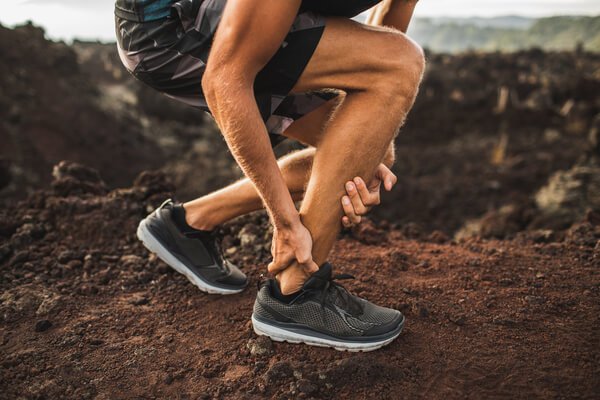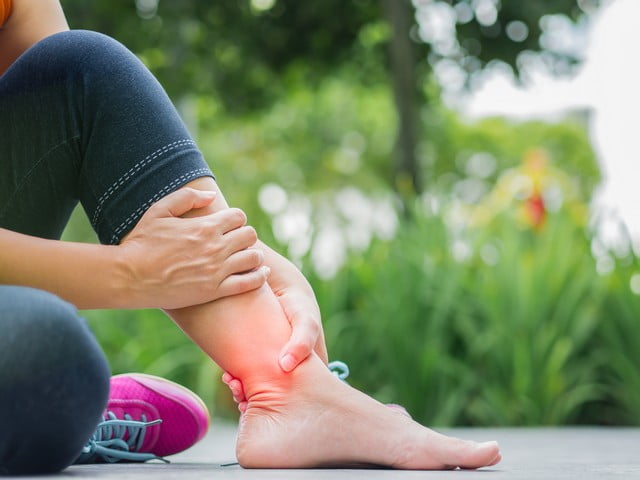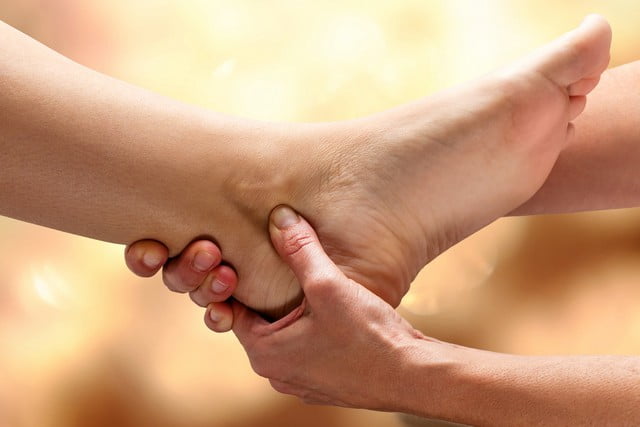Achilles Pain
The Achilles tendon is located behind the ankle joint and connects the heel bones to the calf muscles. It is the longest tendon in the body, and injury to the Achilles tendon is very common, particularly in runners.
Achilles tendonitis, literally meaning inflammation of the Achilles tendon, results in pain and sometimes swelling focussed at the back of the heel. This often leads to extremely tight calf muscles, and pain upon walking.

Causes
Achilles tendonitis can be caused by over-use or persistent strain. In extreme cases of strain, the tendon may even rupture.
The most common causes of Achilles tendonitis include over-pronation and excessive exercise or walking. This can occur when exercising without an effective warm-up, playing sports which involve quick stops or sudden changes of direction (such as basketball), wearing high heels for prolonged periods, a sudden significant increase in physical activity without a graduated approach to training, wearing poorly fitting shoes, having bone spurs on the back of your heels, or just getting older as the Achilles tendon weakens with age! Rheumatoid arthritis and infection are both factors which are also linked to tendonitis.
The main symptom of Achilles tendonitis is pain or swelling on the back of the heel when walking or running. You may also experience tight calf muscles, limited range of motion when the foot is flexed, and the skin on the heel may also be warm to touch.


Treatment
The two main aims when treating Achilles tendonitis are to reduce the strain upon the tendon, and to reduce inflammation.
To reduce strain, activities which aggravate the condition will need to be limited or avoided for a period of time. Orthotics (corrective devices worn in the shoe) may also assist in reducing pressure on the tendon.
Inflammation may be addressed by using the RICE method (rest, ice, compression and elevation) in the first 48-72 hours, and in more severe cases, minimising movement of the foot and ankle via the use of a restrictive cast or boot for a period of approximately 8 weeks.
Specific exercises which focus on gently stretching the calf muscle can be introduced once the acute stage of inflammation has passed.
Surgery is considered as a last resort for the treatment of severe cases of Achilles tendonitis, and is necessary if the tendon needs to be re-attached. Rehabilitation after surgery will generally allow return to normal activity within a period of 10 weeks, and to competitive sports in approximately 3 to 6 months.
We’re here to help!
We invite you to call us at Hampton Podiatry Foot Clinic on (03) 9521 0366 and one of our friendly team will gladly arrange an appointment.
Alternatively, you can book online by clicking the button below.
